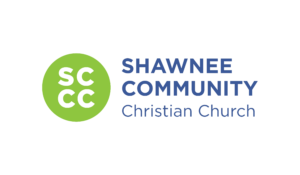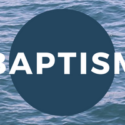Bible Study Moment

The book of Ruth tells the story involving three women; Naomi, Orpah, and Ruth.
Naomi with her husband and two sons goes from Bethlehem to Moabite territory because of famine. Her husband dies and the two sons marry Moabite women; Orpah and Ruth. Then the sons die. Naomi hears that the famine has ended in the Bethlehem area and decides to go back. She tells her daughters-in-law to go back to their mother’s households so that they can remarry. Orpah does so. (Many of you may have already heard Oprah Winfrey say she is named after Orpah, but the ‘r’ and ‘p’ got reversed.)
Ruth insists on going with Naomi with the words that have become fairly popular in weddings from Ruth 1:16 “whither thou goest, I will go; . . . thy people shall be my people, and thy God my God” (King James Version).
The book shows us an example of gleaning, where the poor follow the harvesters to pick the remaining grain. In the Law of Moses land owners are told not to harvest all of the grain but to allow for the poor to be able to share in the harvest. Ruth is the gleaner in this case. She happens to glean in a field owned by Boaz, a close relative of Naomi’s deceased husband.
As I’ve shared before about Tamar and the Sadducees question to Jesus about the woman who married 7 brothers in succession, there was a provision for when a man has died without children to inherit his land; which is that the brother of the dead man is to take the widow as a wife and father a child for his dead brother. In this case Boaz is second in line to “redeem” Naomi (and Ruth). The man who is first in line is willing to buy the property until he learns that he’ll have to provide for both Naomi and Ruth, and marry Ruth, so he declines which allows Boaz to marry Ruth.
And now we get to why this book may have been included in the Bible; Ruth the Moabite is a great-grandmother to King David.
Mark Phillips



